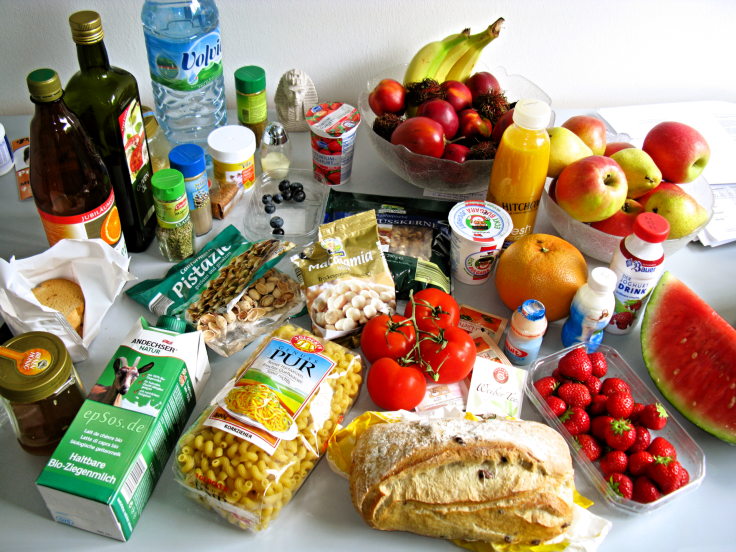Smartphone App Sheds Light On Meal Timing, Which Matters More Than You Think

Smartphone users have apps for almost everything — checking the weather, communicating with friends, editing, and posting pictures. There are many fitness and nutrition apps out there as well, but one food-related app is contributing to research.
Created as a tool to collect, analyze, and interpret food data to aid research about when humans ate, myCircaidianclock was developed by Satchidananda Panda, an associate professor in the Salk Institute’s Regulatory Biology Laboratory and graduate student Shubhroz Gill. The app paved the way for Panda and Gill to conduct objective research on the effects of timing on food intake and health.
The two researchers had conducted previous research on mice that showed changing the duration of hours during which mice were eating had an effect on obesity and disease. They hypothesized that a timed feeding schedule could prevent what they call “metabolic jetlag,” when erratic meal times cause metabolic organs to become out of sync with the body’s circadian rhythms.
“Our research on the benefits of time-restricted feeding in mice elicited mixed feedback,” Panda said in a statement. “While several people thought humans do eat randomly and the approach might have translational significance, others said that we largely eat three meals every day within a 10- to 12-hour interval.”
After developing the app, which only requires users to snap a picture of everything they eat, Panda and Gill were able to examine when certain foods were eaten, and when people were eating in general. The pictures revealed, for example, that almost two-thirds of the participants took vitamins or nutritional supplements, but the time of the day they took them varied. Cultural practices were revealed as well — Americans were seen to consume coffee and milk in the morning, alcohol in the evening, and tea throughout the day. Yogurt tended to be a morning food, sandwiches and burgers were generally for lunch time, and ice cream and veggies were eaten in the evening.
“One pleasant surprise was how many participants got used to taking a picture of anything they ate or drank; it almost became their second nature,” said Gill, a postdoctoral associate in Panda’s group. “The context of the picture spoke volumes — for example, when taken next to a keyboard, in bed, watching TV, on the sidewalk, in the car, or while filling gas. This is an example of a new class of research studies that have become possible due to the massive adoption of smartphones.”
The researchers then tested to see if the app could help people who wanted to restrict the timing of their eating — eat for fewer, more consistent hours every day. Eight overweight participants participated in an experiment where they altered their normal feeding hours (more than 14 every day) to a more restricted time frame (10 to 11 hours). They were also assisted by a “feedogram” on the app to show their daily dietary patterns. The participants lost an average of 3.5 percent of their excess body weight.
“The study is about developing methods and offers some preliminary insight into what and when people eat,” Panda said. “One should not take away the message that changing the eating duration is the only method to improve health. This may also be risky for individuals with undiagnosed fasting hypoglycemia.”
Panda hopes to continue with his work, and test the benefits of time-restricted feeding with different conditions like sleep, activity, and disease.
Source: Panda S, Gill S. A mobile app reveals erratic diurnal eating patterns in humans that can be modulated for health benefits. Cell Metabolism. 2015.



























